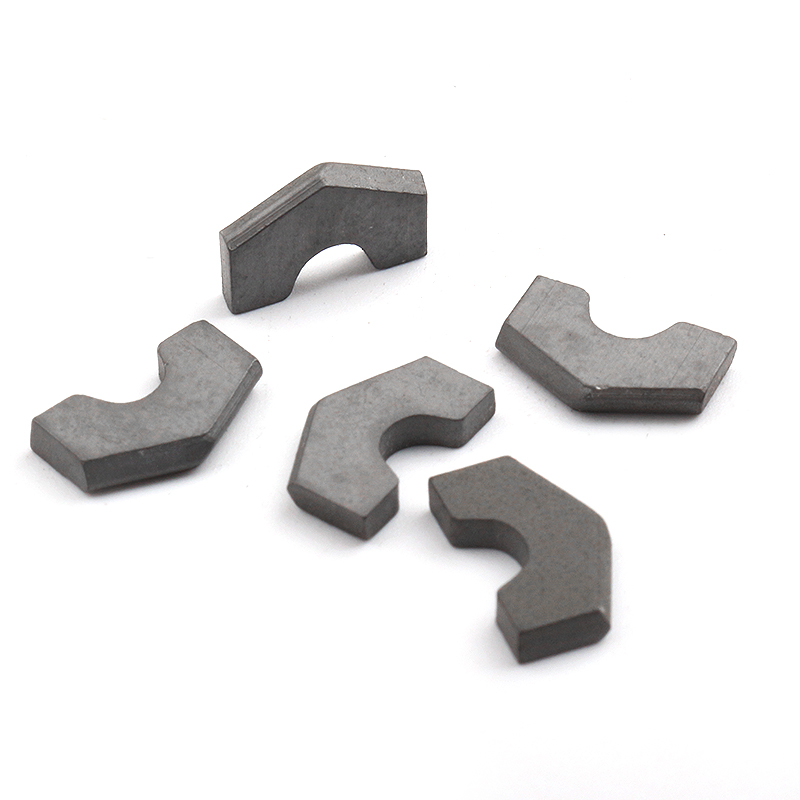2025-06-13
The stone cutting industry has undergone a transformation in recent years, driven by technological advancements and rising demand for precision in architectural and construction projects. At the forefront of this transformation is the Cut Stone Blade—a critical tool reshaping how granite, marble, limestone, and other dense materials are processed. As infrastructure development accelerates globally, these blades are becoming indispensable for quarry operations, monument fabrication, tile manufacturing, and custom stone artistry.
The Role of Cut Stone Blades in Modern Construction
Unlike general-purpose saw blades, Cut Stone Blades are engineered specifically for the rigors of slicing through natural and engineered stone. Their structure typically incorporates high-grade steel cores and segments embedded with diamond or other ultra-hard abrasive materials, allowing them to maintain sharpness and structural integrity during prolonged, high-friction applications.
These blades offer clean, accurate cuts essential for precision construction, waste and reducing the risk of cracking or chipping. This not only enhances the quality of finished products but also boosts overall operational efficiency, especially in industries where exact specifications and polished aesthetics are non-negotiable.
Advanced Blade Engineering: What Sets Cut Stone Blades Apart
Segmented Design for Cooling and Debris Removal
One of the hallmark features of cut stone blades is their segmented rim design. These gaps allow for improved airflow and faster debris expulsion during cutting. As a result, blades stay cooler and reduce the likelihood of heat-induced warping—a common issue when working with dense materials like granite or basalt.
Diamond-Impregnated Segments
High-performance cut stone blades are often embedded with synthetic diamonds, which significantly enhance the blade's cutting power and longevity. The abrasive nature of diamonds enables fast, smooth cuts while reducing the load on machinery and user fatigue.

Noise and Vibration Reduction
Modern blades often feature laser-cut expansion slots or special dampening layers that absorb vibration and reduce noise. This is particularly valuable in indoor environments such as workshops or urban construction sites where noise control and comfort are crucial.
Custom Blade Geometry
Depending on the application—whether it’s slabbing large stone blocks, trimming tiles, or carving intricate designs—cut stone blades can be tailored in terms of diameter, thickness, and segment configuration. This customization allows fabricators to optimize performance based on material hardness and desired finish.
Diverse Applications Across the Industry
Monument and Sculpture Production
Artisans and stone carvers rely on thin kerf cut stone blades for intricate detailing. The ability to make fine cuts without sacrificing edge integrity is essential in crafting memorials, statues, and decorative pieces.
Quarrying and Block Slabbing
Heavy-duty blades mounted on bridge saws or block cutters are used to slice massive stone blocks into manageable slabs. These operations demand high blade stability and durability under continuous use, often for several hours or days at a time.
Tile and Countertop Fabrication
Precision is vital in tile production and countertop customization. Cut stone blades used in these industries provide clean edges that reduce the need for post-processing and polishing, thereby saving time and cost.
Restoration and Renovation Projects
In heritage building restoration, where original stone materials must be carefully preserved or replicated, cut stone blades enable accurate, non-destructive cuts that protect valuable surfaces and maintain historical authenticity.
Economic and Environmental Considerations
As the construction industry faces growing pressure to improve sustainability, cut stone blades contribute by enhancing material yield. With chipping and high precision, they help fabricators reduce waste, extract more usable product from each stone slab, and lower energy consumption by shortening cutting times.
Economically, the long lifespan and efficiency of high-quality cut stone blades translate to lower replacement frequency and reduced downtime. These benefits make them a sound investment for contractors, workshop owners, and industrial operators looking to optimize throughput and reduce operational costs.
Innovations and Future Trends
Looking ahead, manufacturers are integrating smart features into Cut Stone Blades, including wear indicators, embedded sensors for usage tracking, and thermal alerts. These innovations enable predictive maintenance, helping users replace blades before performance declines, thereby preventing accidents and costly machine wear.